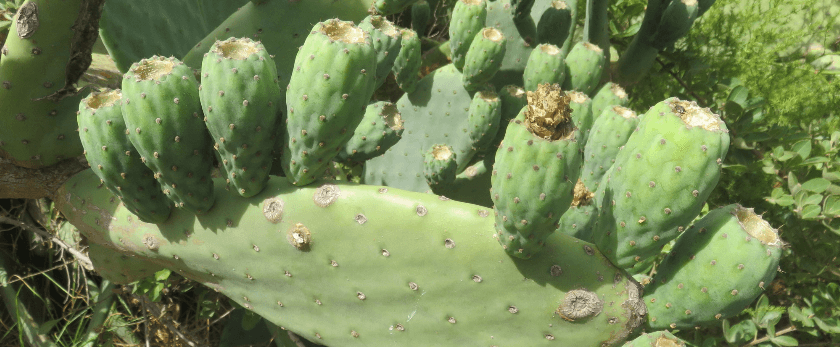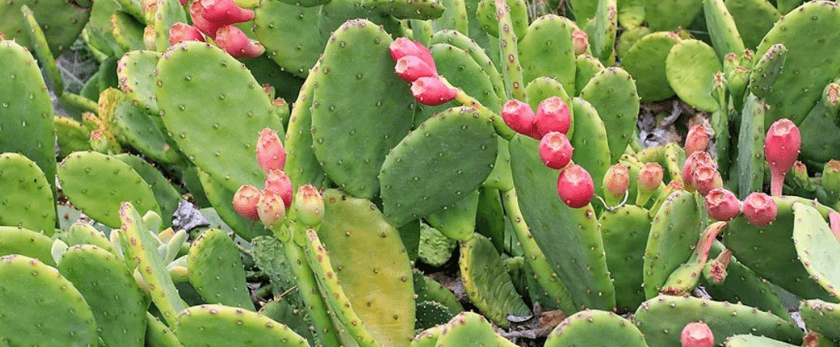Nopales, also known as prickly pear cactus, are a versatile and nutritious plant that can be grown in your own backyard. Not only are they a delicious addition to meals, but they also have numerous health benefits and are easy to care for. In this article, we will discuss how to grow nopales, including watering, light, soil, fertilizer, and pruning techniques. We will also cover the best time to grow nopales and common problems that may arise.
Caring for Nopales
Watering
Nopales are drought-resistant plants, but they still require regular watering to thrive. The frequency of watering will depend on the climate and soil conditions. In general, it is best to water nopales once a week during the growing season and reduce watering during the winter months.
When watering, make sure to thoroughly soak the soil until it is moist but not waterlogged. Nopales prefer well-draining soil, so make sure the water can drain easily. Avoid getting water on the pads or stems of the plant, as this can lead to rot.
Light
Nopales thrive in full sun, so make sure to plant them in an area that receives at least six hours of sunlight per day. If you live in a hot climate, it is best to provide some shade during the hottest part of the day to prevent sunburn on the pads.
Soil
Nopales prefer well-draining soil with a slightly acidic pH level. If your soil is too alkaline, you can add some peat moss or compost to lower the pH. It is also essential to ensure that the soil is nutrient-rich, as nopales are heavy feeders.
Fertilizer
Nopales benefit from regular fertilization, especially during the growing season. You can use a balanced fertilizer, such as a 10-10-10, once a month. Alternatively, you can use a slow-release fertilizer at the beginning of the growing season.
Pruning
Pruning nopales is essential for maintaining their shape and promoting healthy growth. You can prune off any damaged or diseased pads, as well as any pads that are growing in the wrong direction. It is also recommended to prune off the top of the plant to encourage branching and a fuller appearance.

Best Time to Grow Nopales
The best time to grow nopales is in the spring when the temperatures start to warm up. This will give the plant enough time to establish itself before the hot summer months. Nopales can also be planted in the fall, but they may not grow as quickly due to the cooler temperatures.
Common Problems with Nopales
While nopales are relatively easy to care for, there are a few common problems that may arise.
Pests
One of the most common pests that can affect nopales is the cochineal scale insect. These insects feed on the sap of the plant and can cause yellowing and wilting of the pads. To get rid of them, you can use a strong stream of water to wash them off or use an insecticidal soap.
Diseases
Nopales are susceptible to fungal diseases, such as root rot and leaf spot. These diseases can be prevented by ensuring proper drainage and avoiding overwatering. If you notice any signs of disease, such as discolored or wilting pads, remove the affected areas and treat the plant with a fungicide.
Sunburn
As mentioned earlier, nopales can get sunburned if they are exposed to too much direct sunlight. This can cause the pads to turn yellow or brown and become mushy. To prevent sunburn, provide some shade during the hottest part of the day, especially in hot climates.
Responsible Disposal Methods
When it comes to disposing of nopales, it is essential to do so responsibly to prevent them from becoming an invasive species. If you are removing nopales from your garden, make sure to remove all the pads and roots and dispose of them in a sealed bag. Do not compost them, as they can easily grow from cuttings.
If you are planning to eat nopales, make sure to purchase them from a reputable source to ensure they are not wild-harvested. If you do harvest them yourself, make sure to only take what you need and leave the rest to continue growing.
Conclusion
Growing nopales is a rewarding experience that can provide you with a delicious and nutritious addition to your meals. By following the tips and techniques outlined in this article, you can successfully grow nopales in your own backyard. Remember to care for them properly, be mindful of the best time to grow them, and dispose of them responsibly to help protect the environment. Happy growing!










